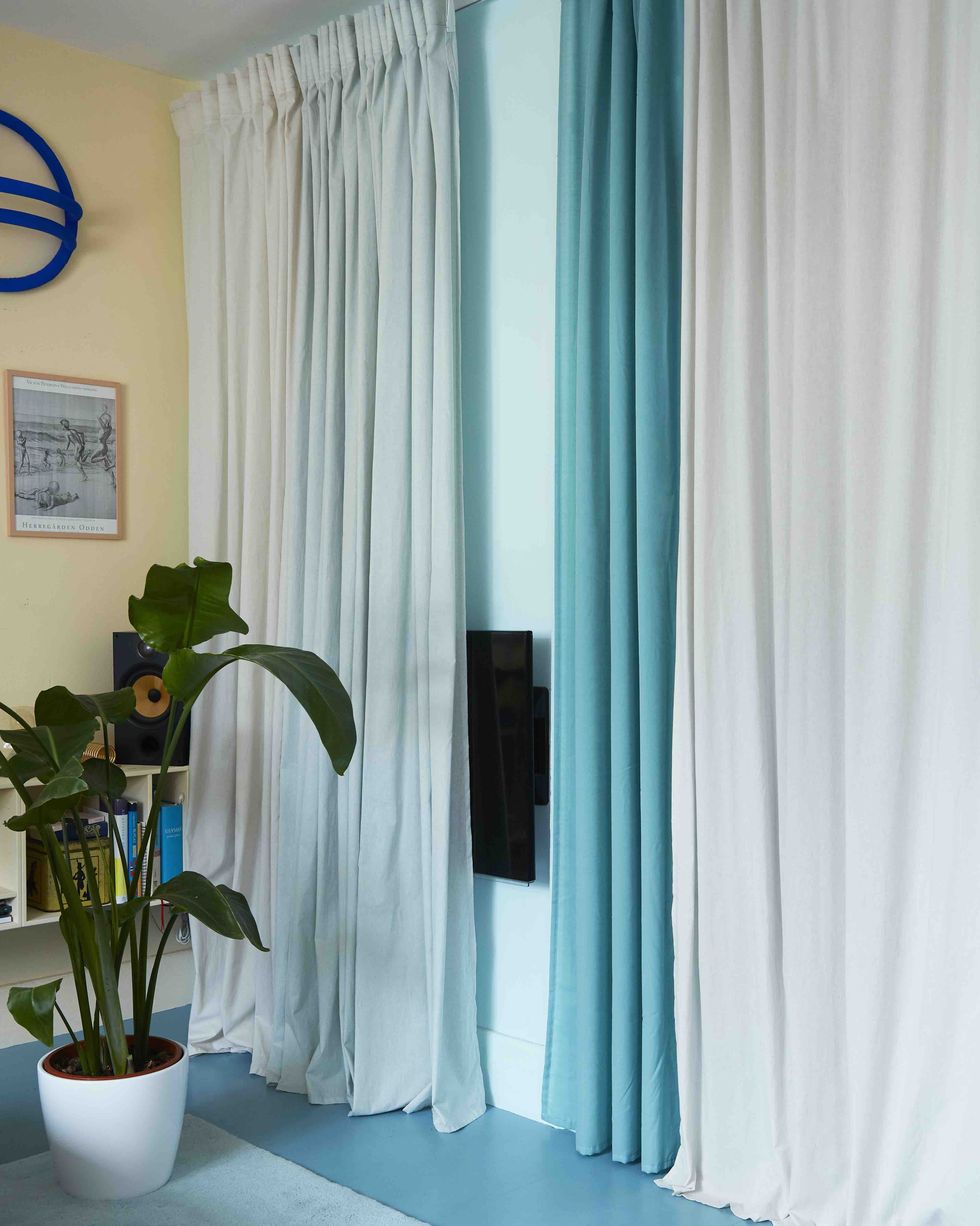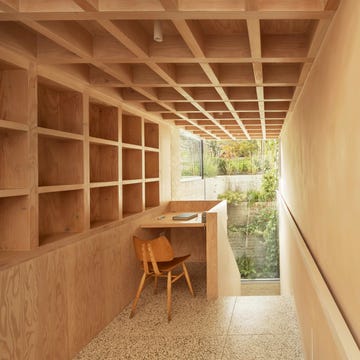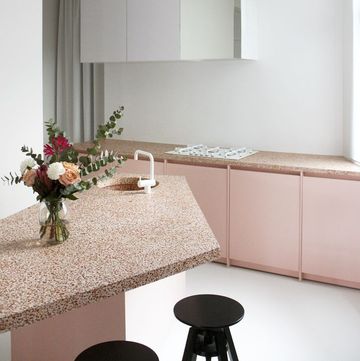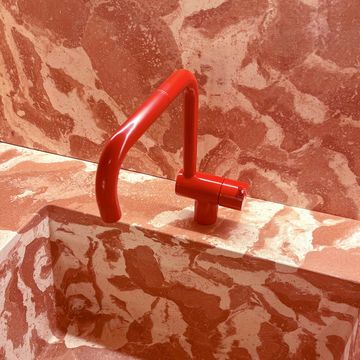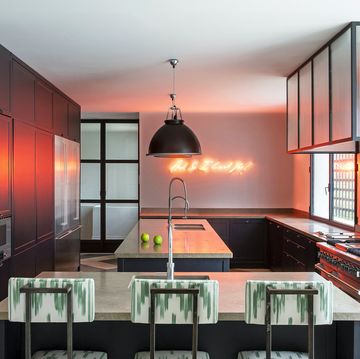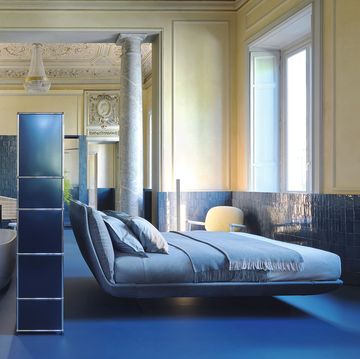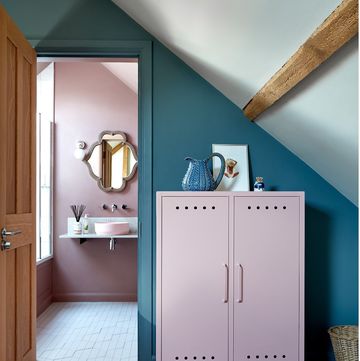It’s the dark centrifugal force dragging down not just the decorative appeal of sitting rooms across the country, but a fair share of marriages, too. This malign instrument of domestic disharmony has in its power the ability to transform even the most elegant space into something resembling a bowling-alley sports bar.
And yet, 27.2 million British households have welcomed it through their doors quicker than you can say LCD. I’m talking, of course, about the dreaded BIG telly.
Now, before we go down this road, don’t get me wrong – I’m by no means one of those weird anti-TV people. I like a good Netflix series as much as the next mentally bankrupt mother of young children. But I am perfectly happy to watch it on any old screen. My 2016 laptop is, for example, entirely adequate. Or, you know, a regular-sized (32-inch and below in my book), modestly priced flatscreen that could be seamlessly concealed in a well-proportioned cabinet with doors.
What's everyone reading?
Sadly, my opinion on the polygon besmirching my living space is fiercely challenged by my sensorially attuned boyfriend. Indeed, we’ve had the same argument in every home we’ve shared over the past decade. Me: ‘Our old telly is absolutely fine; how can we hide it?’ Him: ‘BIGGER, LOUDER, BRIGHTER – shall we put it above the fireplace?’
While it’s antiquated to gender any kind of partiality, I cannot ignore that every heteronormative relationship I’m privy to has wrangled over the size of their gogglebox. What’s more, when I posted my horror at cohabiting with the midlife-crisis edition of in-home entertainment, I received hundreds of responses from my social-media following (demographic: 93.3% female).
We WAGs are, it seems, all screaming into rectangular voids in solidarity. What’s more, while the Big Telly was once a pejorative class signifier in our stubbornly snobbish nation, today even the poshest houses come complete with mega-screens. Blame Covid, perhaps, for persuading the refuseniks – either way, a state-of-the-art TV is now generally accepted to be a sensible investment, considering the amount of time we have all become accustomed to spending chez nous.
I’m fighting against the tide.
There are, I am told, many benefits to ruining a perfectly good space with an ugly slab of black plastic. ‘It’s like a cinema at home,’ he entreats. Er, not really. A cinema is a place of fantasies, a third space away from Mobilo, Magna-Tiles and other family detritus. It comes with overpriced popcorn, sleep-impeding drinks and a cheeky snog in the back row. Owing to the width of any of the rooms in my house, plopping a ‘cinema’ screen in it means I’m stuck neck-craning in the equivalent of the cheap seats as 8K of resolution burns into the back of my retinas. Hardly the theatre of dreams.
Usually, when it comes to interior disagreements, I am queen of the compromise (that is, if I’m unable to manipulate the situation to my advantage, obviously). I am fortunate that my partner is a creative from the school of industrial design and he’s only really interested in kitchen surfaces and exterior cladding. But, on this difference of opinion, there seems no middle ground.
Why don’t you get an art TV, I hear you suggest? Sadly, along with their prohibitive price, art TVs make me feel I’m in the foyer of an insurance company, and there’s only so much glowing Miró a gal can take. Elsewhere, integrating a television into a frame cluster has been touted as a valiant tactic to minimise impact but, unfortunately, I’ve found the solid wedge of midnight sucks all the energy out of even the most dynamic of art smörgåsbords.
What I have come to understand is that there is no true solution, outside of relocating the TV into a room I don’t frequent (the shed, perhaps?). However, I do still have some standards, and therefore hanging it on the wall is a no from me. The lesser evil is a television sitting on a sideboard, in a cabinet or, even better, within a shelving unit created to encompass the blackened mass.
A telly works best in a corner of a room, or at least off centre, ideally set back in an alcove. Pointing all your furniture towards the box only emphasises its gargantuan volume, so that’s one to avoid. If you can paint the wall behind in a dark shade (a charcoal-tinted green or a deep navy, for example), it will certainly help with the camouflage.
As I’m currently living in a rented home, I’ve combined the television with a pretty sage-green cabinet in an alcove and used floating shelves above, complete with a curated collection of objets to do my utmost to distract the eye. It’s not perfect. But it’s better than a naked screen slapped on the wall using a creaky bracket, impossible to make quite horizontal (wonky anything takes me directly to the seventh circle of hell).
One of the reasons I’ve decided not to die on this hill is that I know in my heart of hearts I’m the Luddite here. But, also, if I deny my partner his only real ask when it comes to decor, I do feel I’m somewhat opening the door to confrontation elsewhere.
If he doesn’t have his telly to keep his attention laser-focused, might he notice the curtain fabric? Or start asserting his opinion on woodwork colours? Recently, he suggested that I ‘didn’t know when to stop’ with some of my decorating schemes – heaven forbid he might start expressing similar points of view.
The big TV is an unmissable symbol of my selflessness and, without it as a shield, I leave myself open to, whisper it, decorative collaboration. Suddenly those 70 inches aren’t looking quite so ghastly after all.


